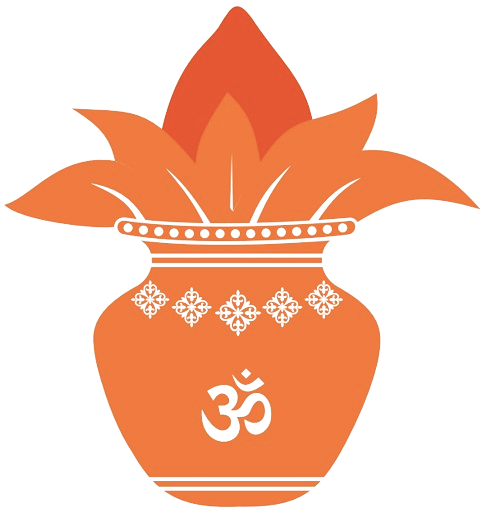






Ranakpur Jain Temple
Description
The Ranakpur Jain temple, also known as the Chaturmukha Dharana Vihara, is a Śvētāmbara Jain temple located in the village of Ranakpur near Sadri town in the Pali district of Rajasthan. The temple was built in the 15th century by Darna Shah, a local Jain businessperson, who began construction following a divine vision. The temple is dedicated to Tirthankara Rishabhanatha and honors Adinath, the first Tirthankar of the present half-cycle (avasarpiṇī) according to Jain cosmology. This temple is one of the largest and most significant temples of Jain culture. The campus includes several other temples such as Chaumukha Temple, Surya Temple, Suparshvanatha Temple, and Amba Temple. Along with Muchhal Mahavir, Narlai, Nadol, and Varkana, Ranakpur forms "Gorwad Panch Tirth".
Tales
The Ranakpur Jain Temple's History is primarily based on the inscriptions and a copper plate engraving that dates back to the 15th century. Additionally, the ancient Jain text in Sanskrit called Soma-Sabhagya Kavya provides some information about the consecration of the temple and various rites performed there. James Fergusson, a British architectural historian who documented the architecture of Indian temples extensively, wrote a book titled "History of Indian and Eastern Architecture" in 1876, which offers insights into the grand temple from an architectural perspective.
History
The construction of Ranakpur Jain temple, which is well documented in a 1436 CE copper-plate record, inscriptions in the temple, and a Sanskrit text Soma-Saubhagya Kavya, was inspired by a dream of a celestial vehicle. Dharna Shah, a Porwal from Ghanerao, commenced its construction in 1389, under the patronage of Rana Kumbha, the then ruler of Mewar. The architect who oversaw the project was named Dwepa. An inscription on a pillar near the main shrine states that in 1439, Deepaka, an architect, constructed the temple in the direction of Dharanka, a devoted Jain. When the ground floor was completed, Acharya Soma Sundar Suri of Tapa Gaccha supervised the ceremonies, which are described in Soma-Saubhagya Kavya. The construction continued until 1458 CE, as per the available records. However, according to the audio guide provided to visitors to the site, construction lasted fifty years and involved 2785 workers. Another source reports that construction continued until 1496, fifty years from 1446. The town of Ranakpur and the temple are named after the provincial ruler monarch, Rana Kumbha, who supported the construction of the temple.
Features
Deities:
Timings:
All week: 6:30 am to 8 pm
Built:
1389
E - Puja
Get Pujas performed in your name
Pratishthan
Get Puja items, Prasadam, products delivered from auspicious temples around India to your doorstep.
Live Darshan
Explore on demand Darshan streaming
Explore on demand Darshan streaming

